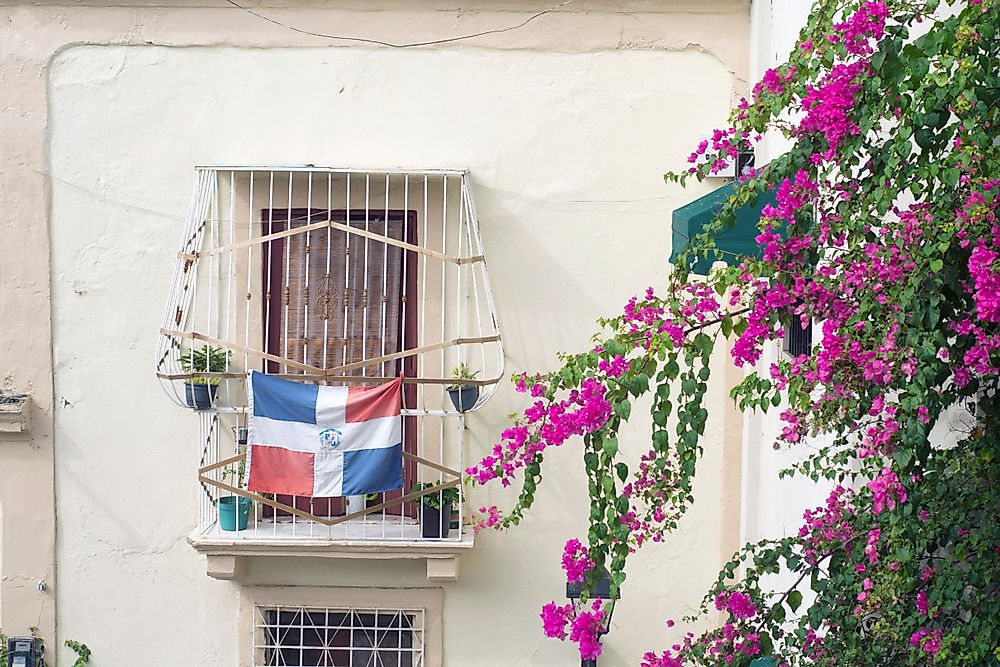When Did the Dominican Republic Became A Country?

The Dominican Republic declared independence from Haiti on February 27, 1844, following a war of independence. In 1822, Haiti invaded the Dominican Republic, then known as Spanish Haiti.
Unified Hispaniola
The Dominican government agreed to merge with Haiti under the Haitian president, laws, and administrative system. At the time Haiti was militarily, and economically, a powerhouse, and the Dominicans thought they would benefit from the unification. The then-Haitian president, Jean-Pierre Boyer, invaded Santo where he successfully ended the remaining rebellions. In February 1822, Boyer entered the city and was handed the keys to the presidential palace. He declared that the island was united from Cape Samana to Cape Tiburon.
Quest For Independence
Once in power, the Haitian government mismanaged the new state and subjected the citizenry to military law. It quickly became very unpopular among the Dominicans. An economic crisis soon hit the country after it was forced to repay a French loan accrued by the Haitians. In 1838, resistance movements began emerging with the aim of recruiting and inciting Dominicans to oust the Haitians. La Trinitaria, as the group was known, was divided into several cells to maintain secrecy. Within a short period, the group had recruited several Dominicans, and its activities attracted the attention of the government. The group changed its name to La Filantrópica. In 1843 it made a breakthrough when it liaised with a liberal party in Haiti to overthrow Jean-Pierre Boyer. However, the president's successor became suspicious of the group's intention and imprisoned some of the senior officials while forcing the group's leader Duarte out of the Island.
War Of Independence
On February 27, 1844, the Dominican Republic declared independence and the rebels waged war against the Haitians. They attacked Haitian garrisons, pillaged and burned fortresses. The group's new leader, Matías Mella, declared himself the new president of the Dominican Republic. Duarte returned to the country shortly after and was received by hundreds. Haitian commanders sent thousands of troops to crush the rebellion, but the Dominicans stood their ground although they were outmanned and outgunned. In 1945, the Dominican's confidence against the Haitians was so overwhelming that they began launching attacks across the border. The rebels captured towns and villages on the Haitian side of the border forcing the Haitians to withdraw their forces from the Dominican Republic to counter the attacks. In 1849 British and French blockades forced a truce between the two countries. In 1854, the two countries ignited the war again, several Haitian forces were captured or sank while the Dominicans defeated a contingent of 30,000 Haitian troops.











